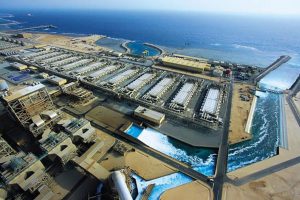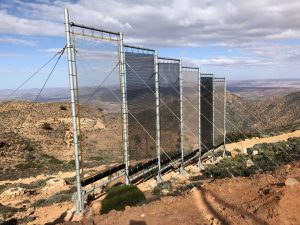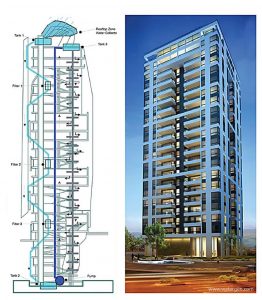In the small, landlocked country of Rwanda, situated amid a dense population of nearly 12 million inhabitants, Water for People (WFP) expanded their mission of promoting the development of high-quality drinking water and sanitation services. The ‘Everyone Forever’ model was built out of Water for People’s Rwanda office in Kigali and is a programmatic effort to provide water and sanitation to Everyone in targeted districts, Forever.

To understand the full scope of Water for People’s vision while also supporting their mission, two Tata & Howard employee owners will be heading off to visit Water for People’s Rwanda site as part of their Impact Tour in September of this year.
Impact Tour
Water for People’s Impact Tours were created in efforts to show stakeholders how the organization is strengthening communities and fostering independence within defined geographical areas – that is, by bringing clean water and sanitation to every family, clinic, and school.
Throughout the course of an Impact Tour, participants will visit one of Water for People’s sites for a week to visit country staff, see the work they are doing, and witness firsthand what supporting Water for People truly looks like. Participants will interact directly with community leaders, local staff, government officials and people whose lives have been changed for the better due to the support and work in their area.
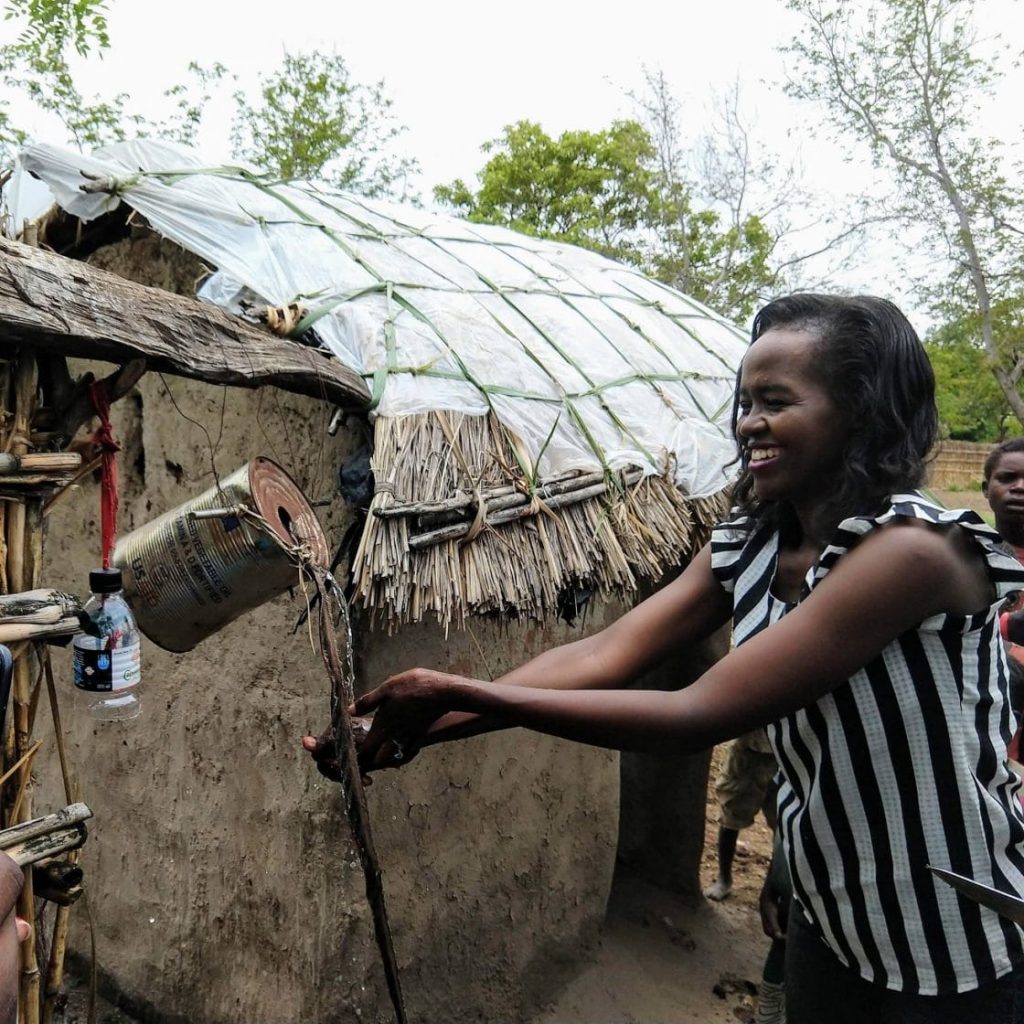
There are typically two Impact Tours each year – the first of 2019 will be taking place in Bolivia from April 13-18. The Rwanda Impact Tour that our team members will be participating in will take place from September 7-12.
The Lucky Winner
James Hoyt, Project Manager, was chosen through a company-wide raffle that was put together through our ESOP Committee. This raffle encouraged employees to continue supporting an organization we have been heavily involved with as a company, while also increasing employee engagement.

James is excited and honored for the opportunity to represent T&H for the Rwanda Impact Tour. He looks forward to meeting and interacting with Water for People staff and the local community while learning from their experiences.
“It is meaningful to have the opportunity to bring this experience back to the company and to be an advocate for the positive changes the organization is making,” he said.
Two’s Company
Tata & Howard Co-President, Jenna Rzasa will also be accompanying James on the Rwanda Impact Tour this September. As a donor and supporter of Water for People for the last 15+ years, Jenna saw the Impact Tour as a wonderful opportunity to see the positive benefits that come as a result of providing safe drinking water to the people of Rwanda.
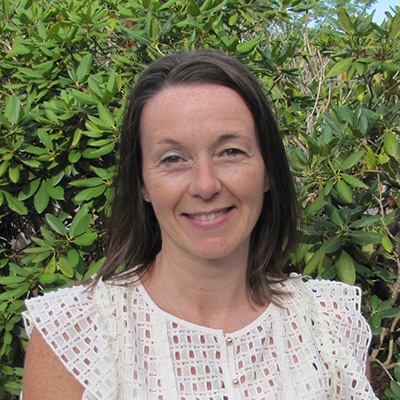
“Not only is WFP important to me, but also to the late Don Tata (co-founder of Tata & Howard), who was passionate about the organization and the winner of the 2018 Kenneth J. Miller Founders’ Award,” said Jenna. “By choosing to attend the trip with the Tata & Howard Raffle Winner, it serves a tribute to Don as well,” she added.
Raffle Entries
To participate in the raffle, Tata & Howard team members were given several opportunities to earn raffle tickets for the Impact Tour trip, including:
- Payroll Contribution to Water for People*
*The only requirement for raffle eligibility was a payroll contribution to Water for People. Subsequently, employee owners could then participate in other activities and company events to earn more tickets.
- Time at Tata & Howard
- Participation in ESOP Month Activities
- Donations for the November Food Drive
- Gifts for the DARE or Toys for Tots Giving Trees
- Donations to the Animal Shelter Drive
- Participation in the February ESOP event
A Second Opportunity
Because many of our team members have children, families, and other commitments – we were pleased to offer those unable to travel to Africa with the opportunity to use their raffle tickets elsewhere. Within a second raffle bucket, employee owners could also be eligible to win a $500 gift card to an airline of their choice. Raffle entries were collected in the same way they were for the Impact Tour.
The lucky winner for this prize was T&H Associate, Ryan Neyland.
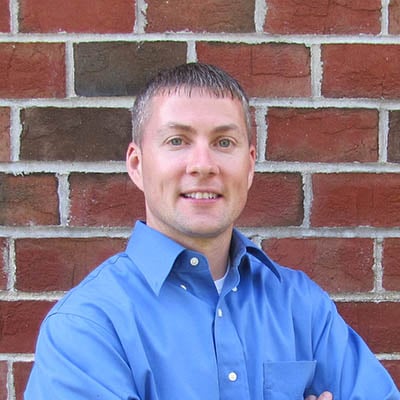
While Ryan has yet to pick a destination to take advantage of his prize, he is thankful for the opportunity and is thankful to be part of Tata & Howard’s ESOP.
“I value the ESOP knowing that the long-term ownership of the company will remain with its employees, and that we all have a direct impact on the stability and value of our company,” said Ryan.
Special opportunities such as supporting a truly impactful organization are just some of the perks that come with being a part of an ESOP. While the Impact Tour trip to Africa may be a once-in-a-lifetime experience, we are always looking for ways to keep our employees working hard, engaged, and happy about the difference they can make in our company and the world.





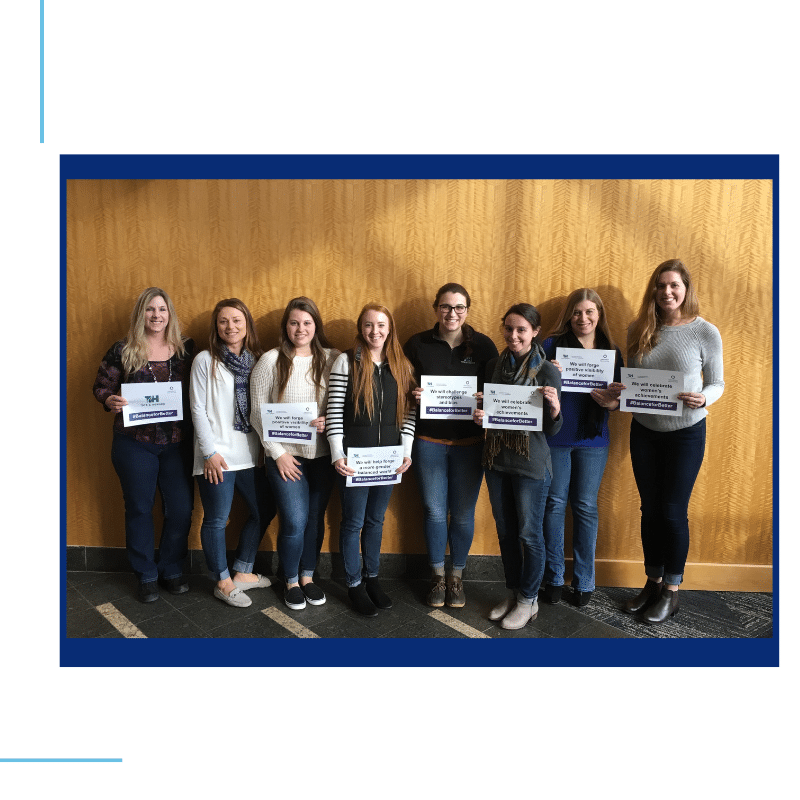
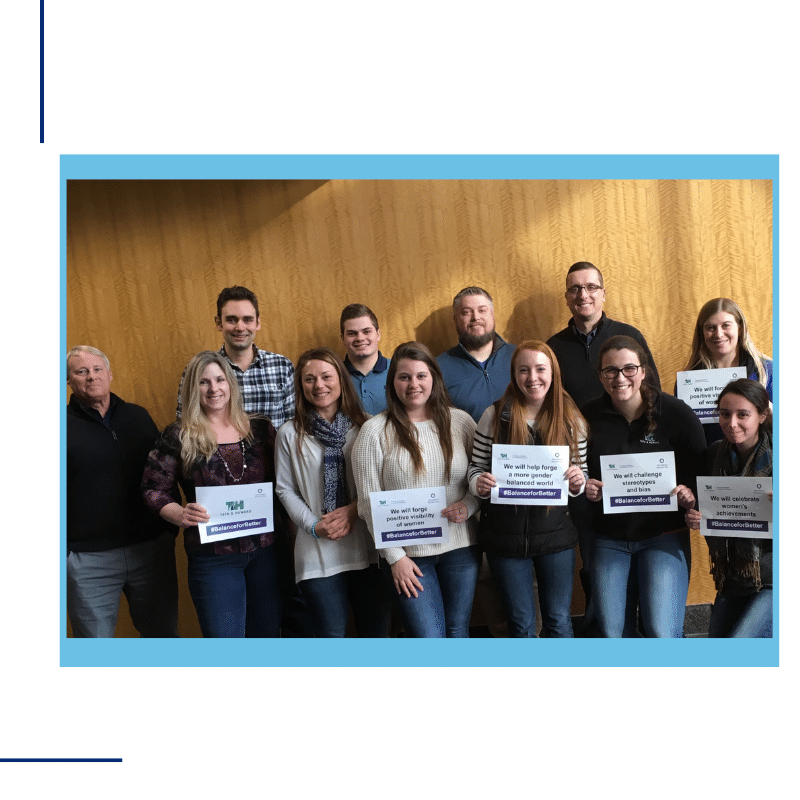
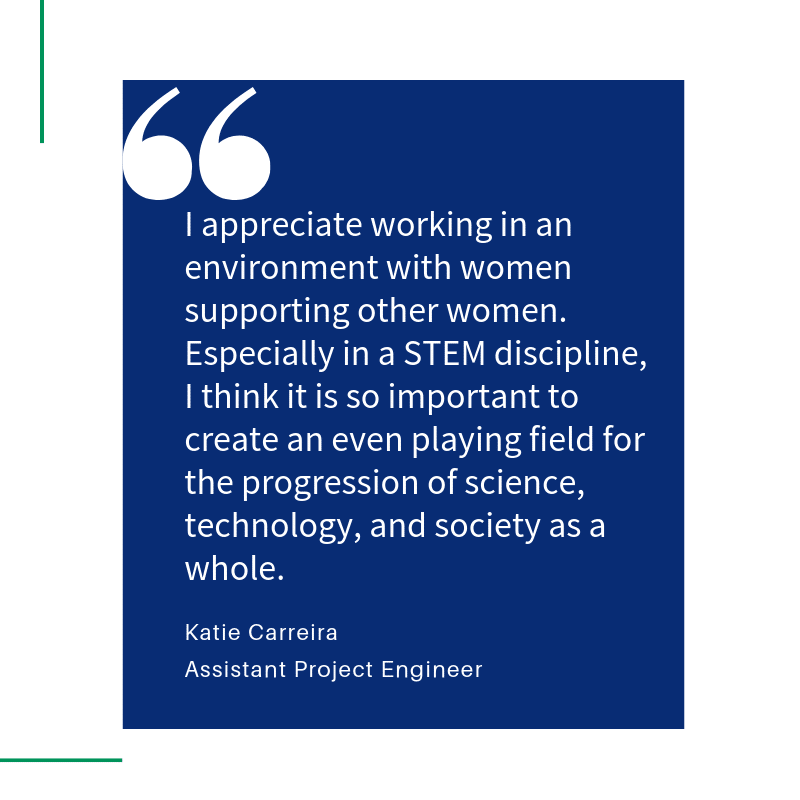
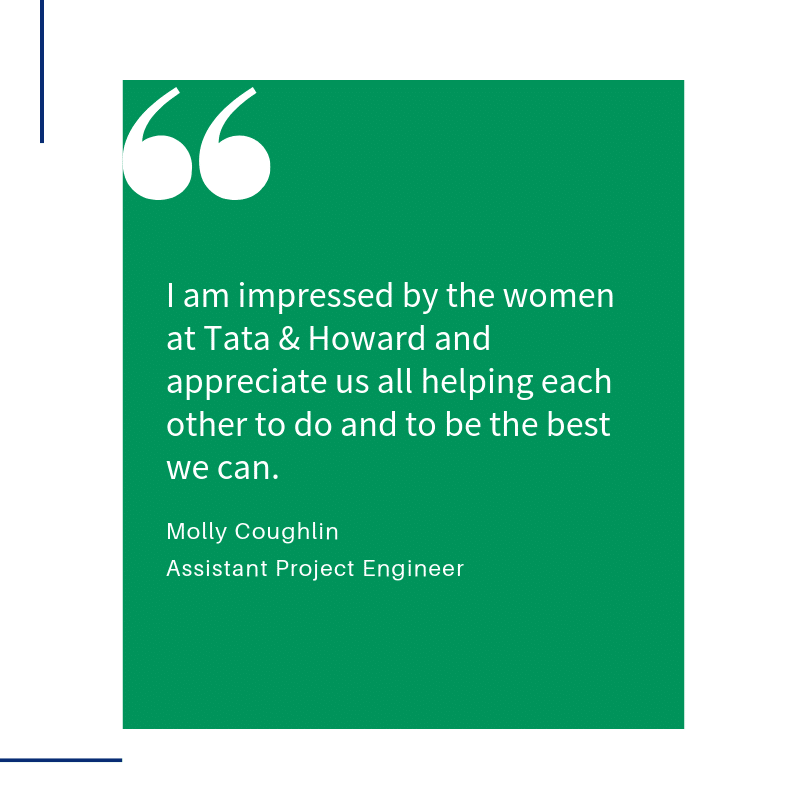
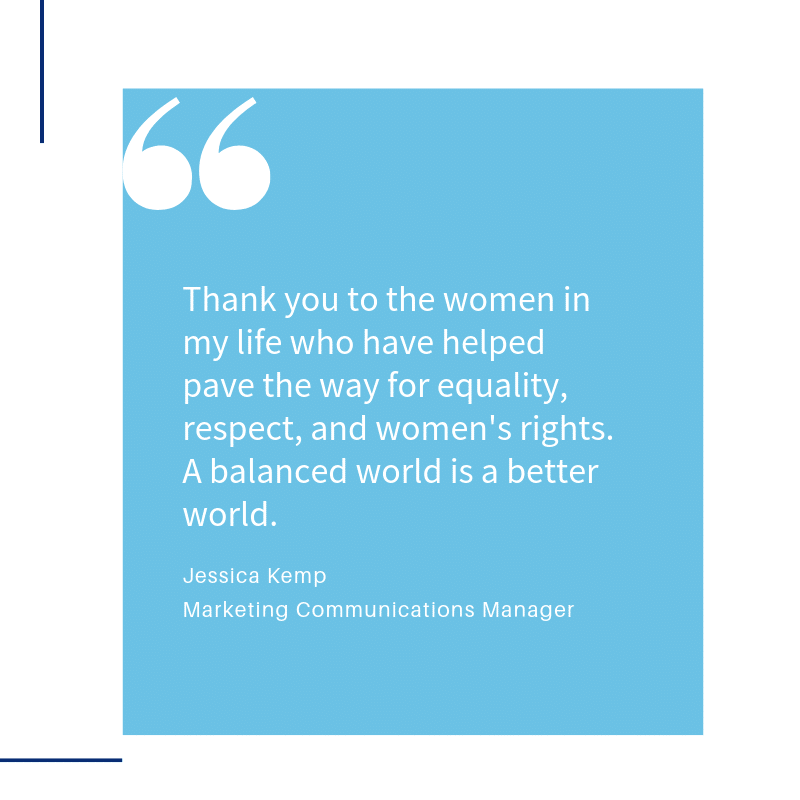
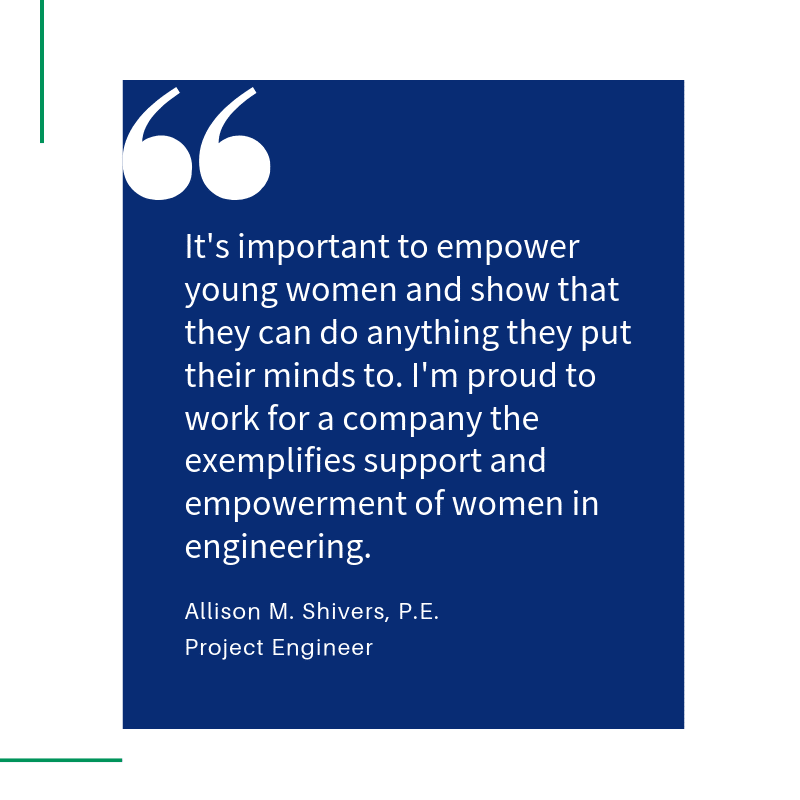
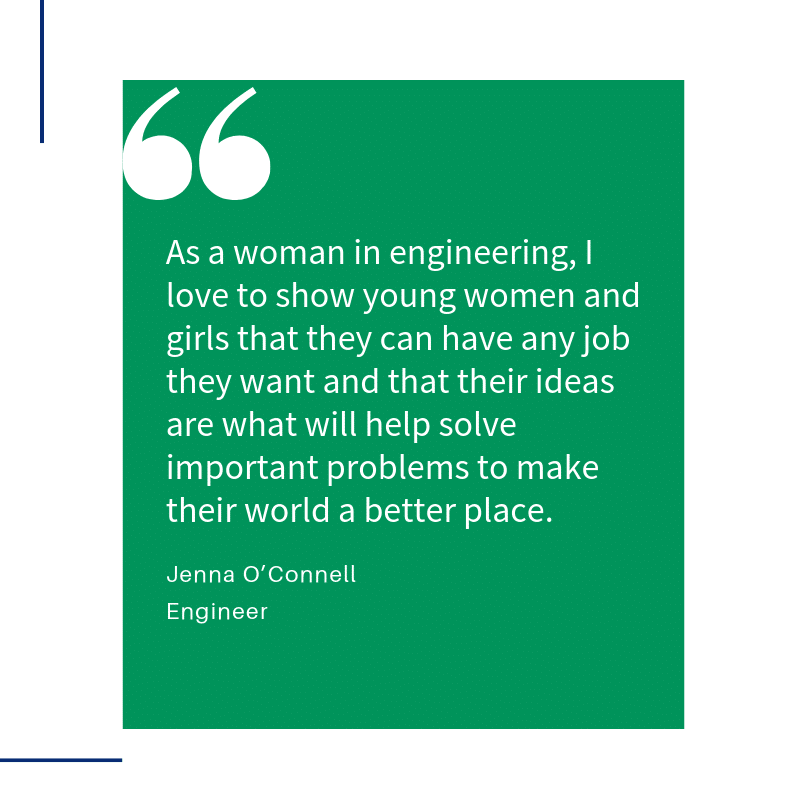
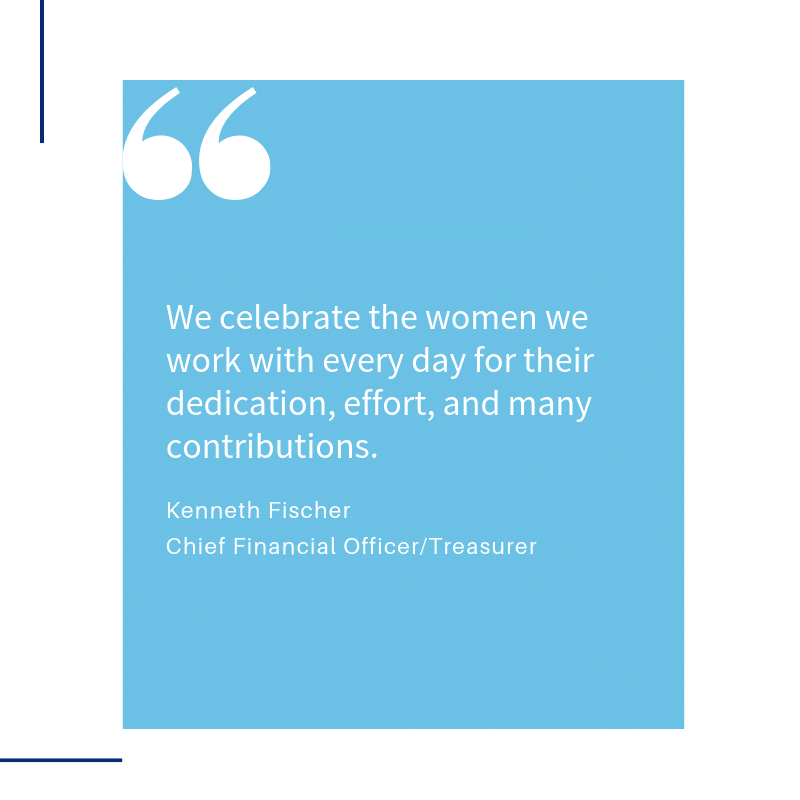
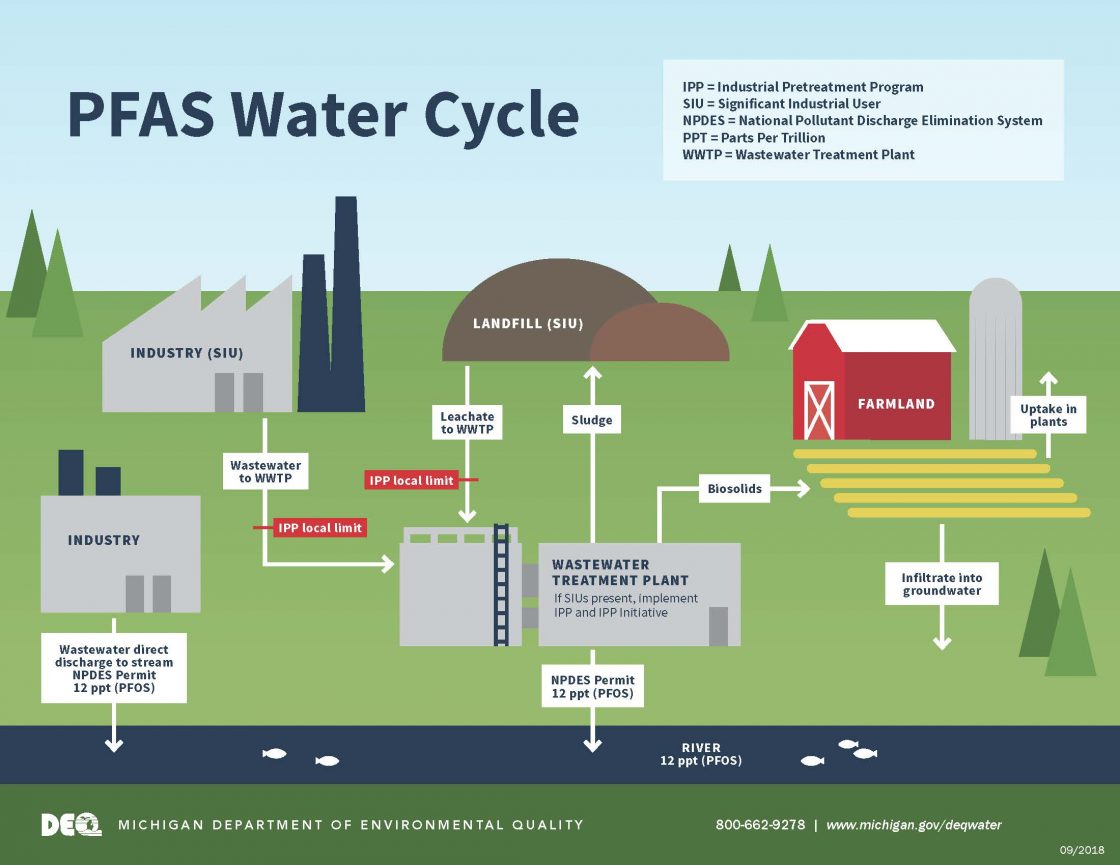
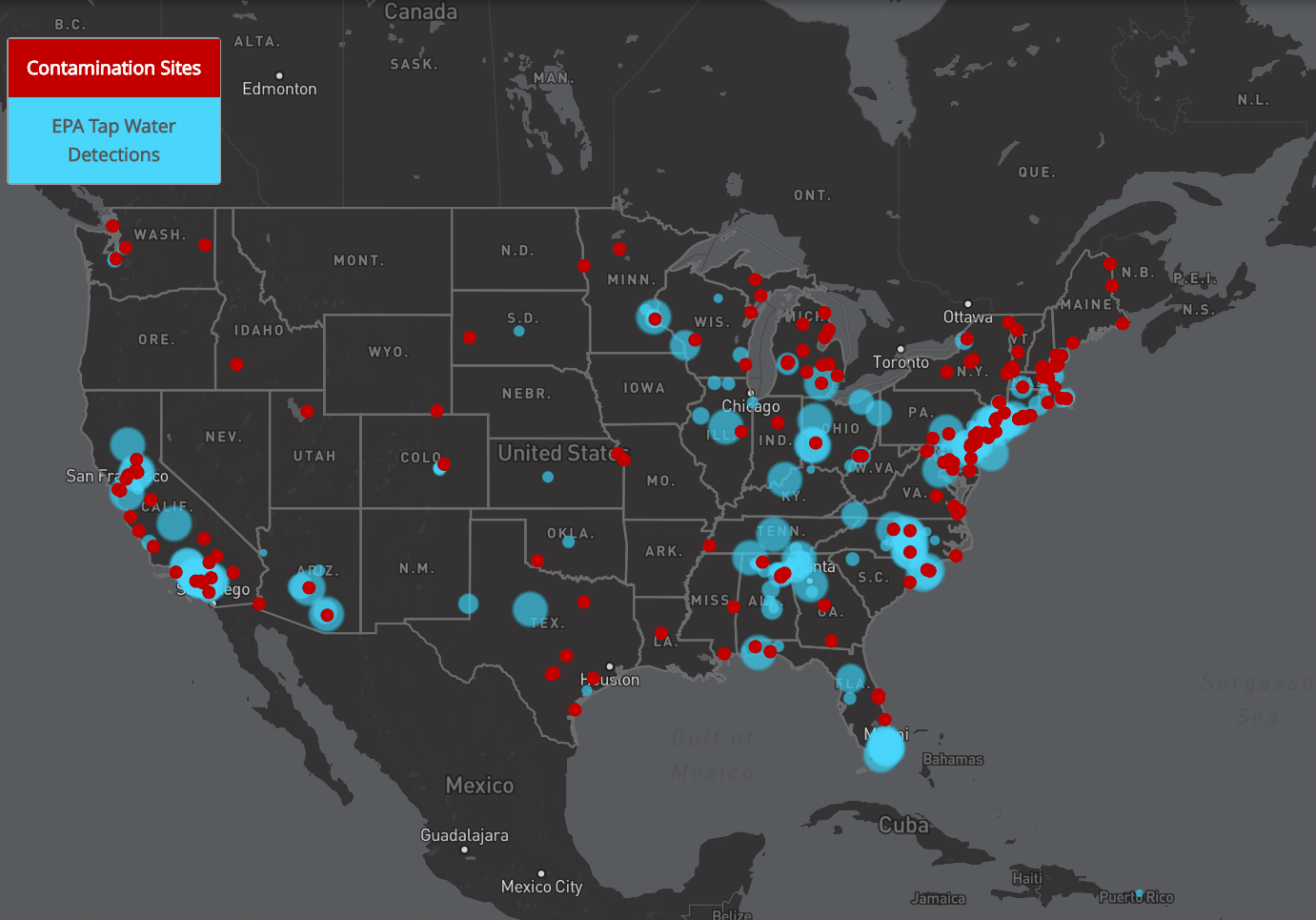
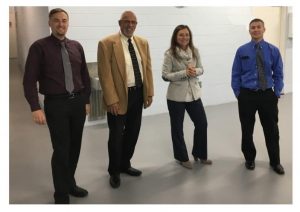
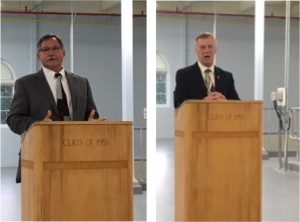

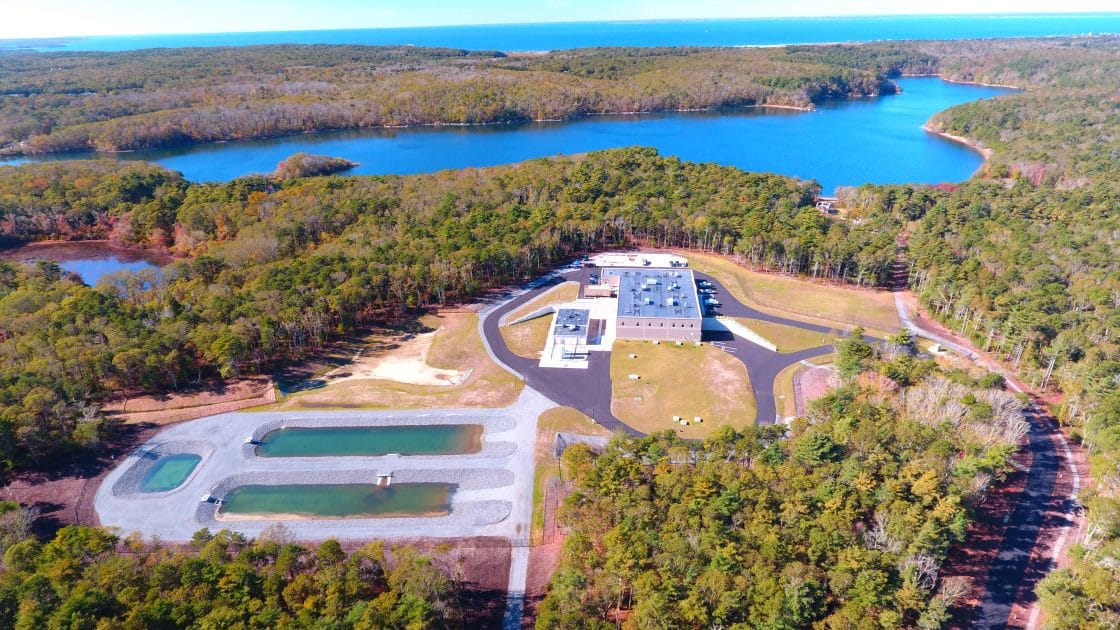


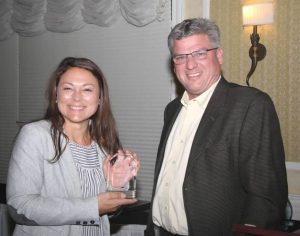
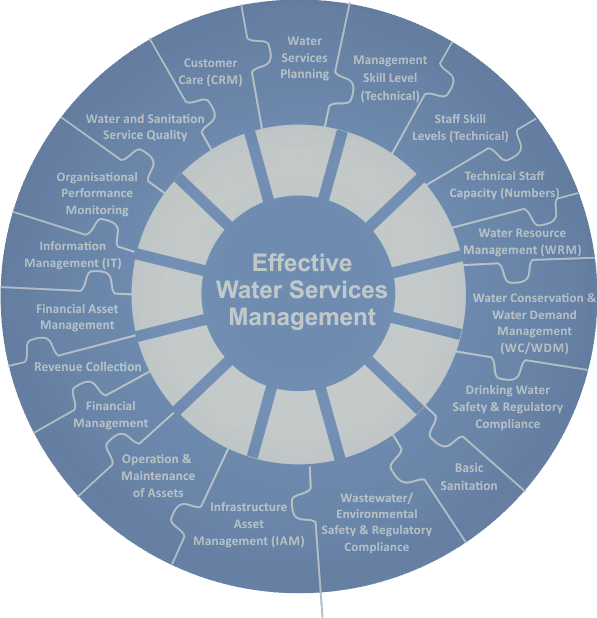 Emergency Response Plans (ERPs) are mandatory for all public water suppliers, and a minimum of 10 hours of Emergency Response Training is required. ERP training is a process that helps water system managers and staff explore vulnerabilities, make improvements, and establish procedures to follow during an emergency. Preparing and practicing an ERP can save lives, prevent illness, enhance system security, minimize property damage, and lessen liability.
Emergency Response Plans (ERPs) are mandatory for all public water suppliers, and a minimum of 10 hours of Emergency Response Training is required. ERP training is a process that helps water system managers and staff explore vulnerabilities, make improvements, and establish procedures to follow during an emergency. Preparing and practicing an ERP can save lives, prevent illness, enhance system security, minimize property damage, and lessen liability.
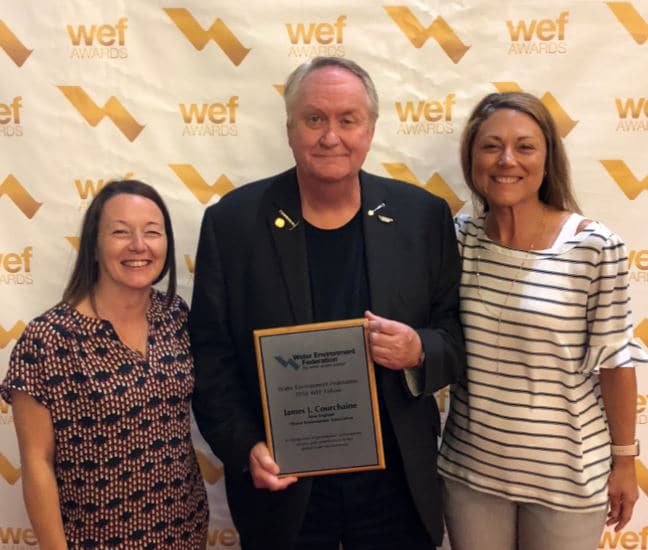
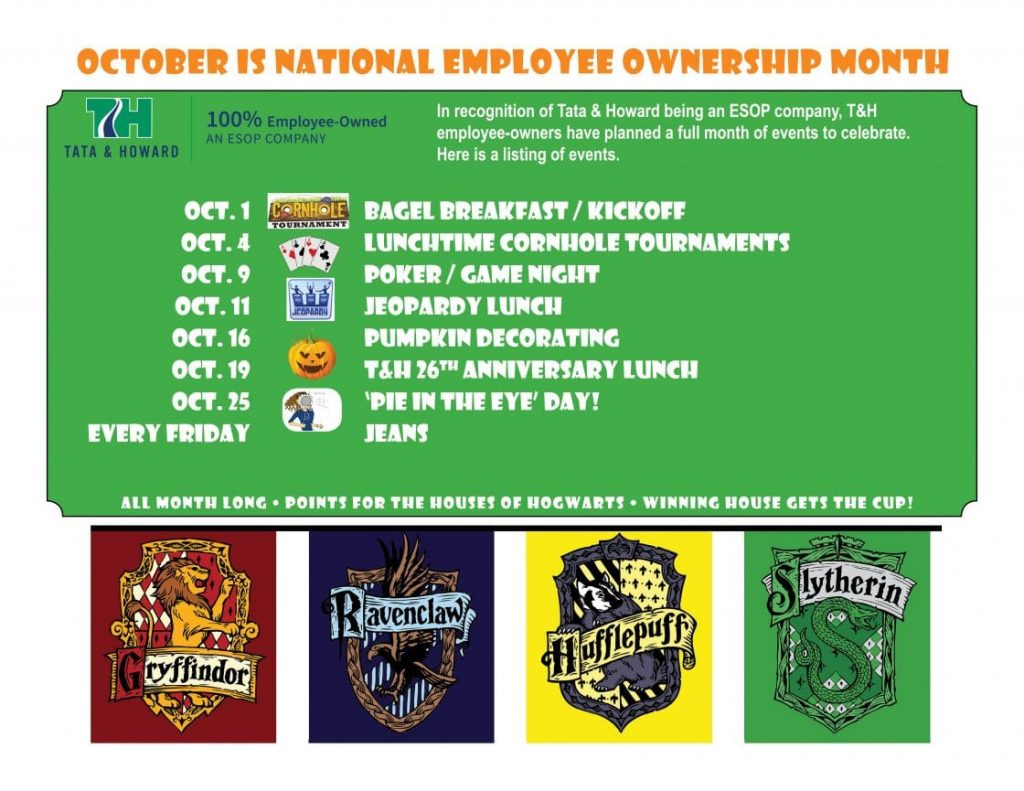 T&H kicked off EOM with our Employee Breakfast & Presentation on October 1st. We are encouraging our employees to participate in weekly hosted games and activities to gain points for their teams – which will be modeled after the Houses of Harry Potter’s Hogwarts School. The House with the most points at the end of the month will win the House Cup! Other fun activities include a cornhole tournament, poker night, lunchtime Jeopardy, pumpkin decorating, the firm’s Anniversary Lunch, and wrapping up with the Pie in the Eye Day.
T&H kicked off EOM with our Employee Breakfast & Presentation on October 1st. We are encouraging our employees to participate in weekly hosted games and activities to gain points for their teams – which will be modeled after the Houses of Harry Potter’s Hogwarts School. The House with the most points at the end of the month will win the House Cup! Other fun activities include a cornhole tournament, poker night, lunchtime Jeopardy, pumpkin decorating, the firm’s Anniversary Lunch, and wrapping up with the Pie in the Eye Day.
 The most alarming news is the hottest temperature ever reliably recorded reached 124.3 degrees in Algeria this July.
The most alarming news is the hottest temperature ever reliably recorded reached 124.3 degrees in Algeria this July.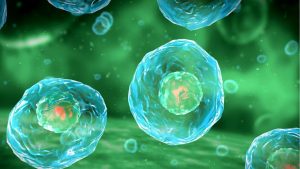 Wastewater treatment plants that use aerobic bacteria must provide oxygen with huge and costly electrically powered blowers for these microorganisms to survive. Anaerobic bacteria treatment processes do not need oxygen and use considerably less energy, making the wastewater treatment process more economical to operate. In addition to saving money, engineers believe these anaerobes can filter household and industrial chemicals better than conventional treatment plants.
Wastewater treatment plants that use aerobic bacteria must provide oxygen with huge and costly electrically powered blowers for these microorganisms to survive. Anaerobic bacteria treatment processes do not need oxygen and use considerably less energy, making the wastewater treatment process more economical to operate. In addition to saving money, engineers believe these anaerobes can filter household and industrial chemicals better than conventional treatment plants.